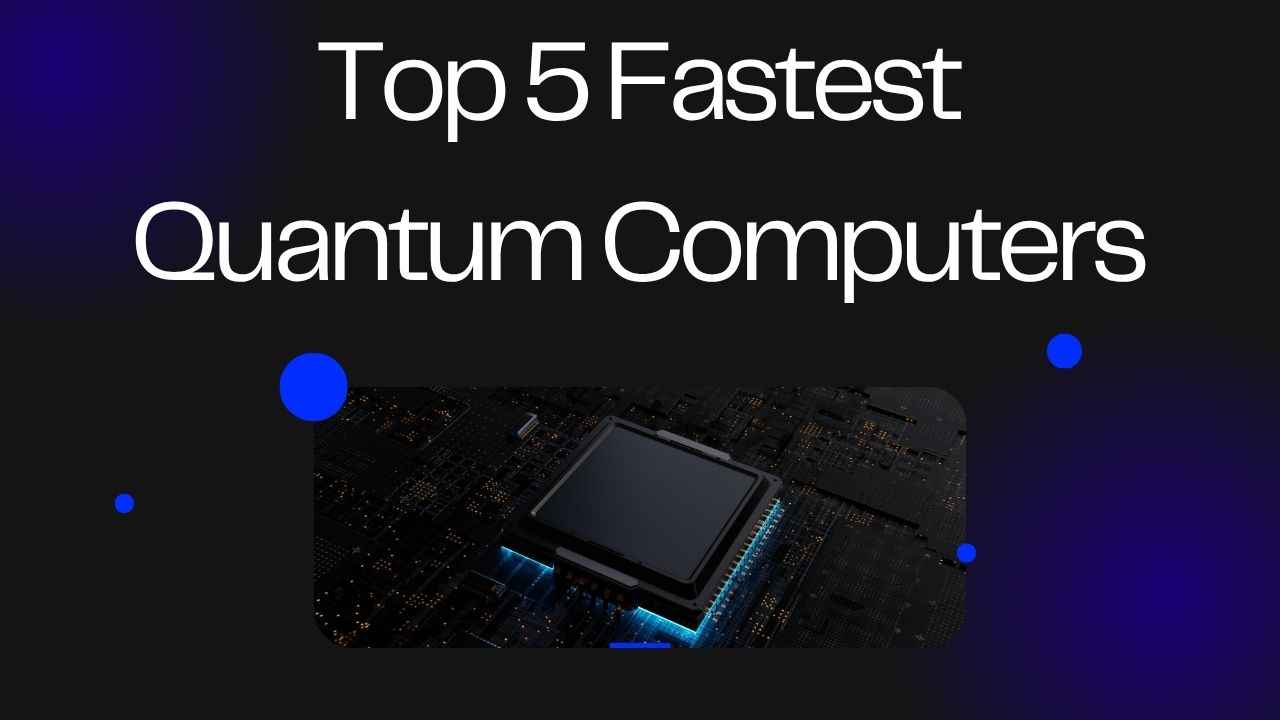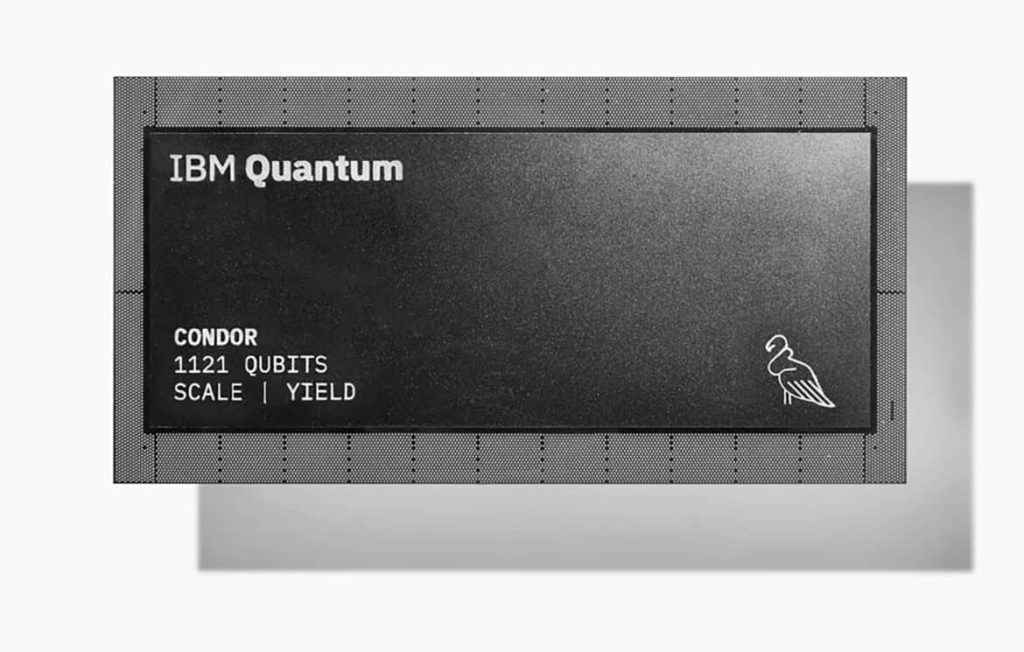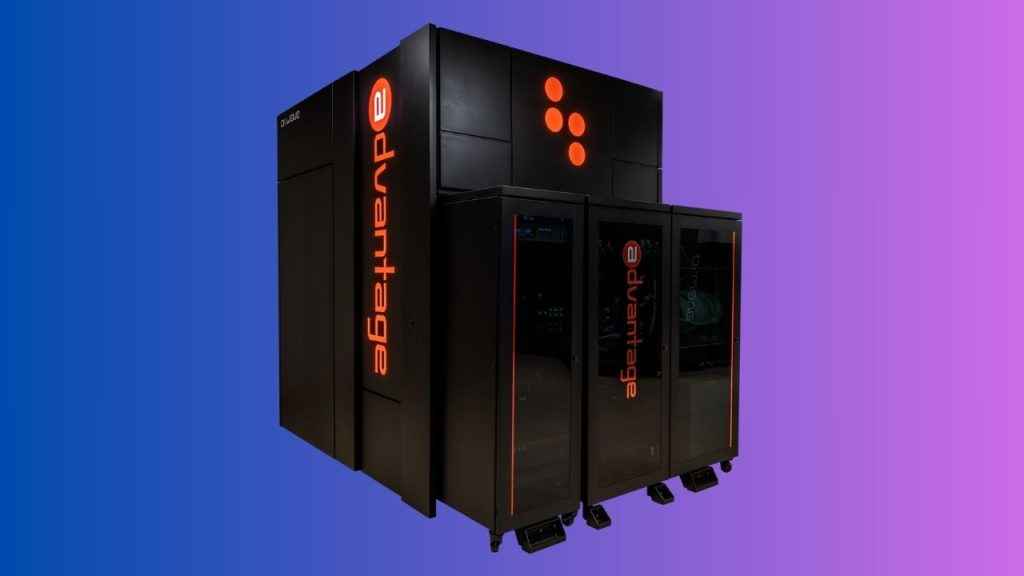Quantum computing has advanced significantly by 2025, with several systems pushing the limits of computational power through high qubit counts, improved error correction, and practical performance. This listicle highlights the top five fastest quantum computers, based on their qubit counts, quantum volume, error correction capabilities, and real-world utility. Each entry describes the brand, specifications, unique features, and key applications in a cohesive paragraph, showcasing their contributions to fields like cryptography, finance, and materials science.
IBM Condor
Also read: Building Starling: IBM’s fault-tolerant quantum computer coming in 2029
Developed by IBM, the Condor quantum computer is a powerhouse with 1,121 superconducting qubits, making it one of the largest quantum systems in 2025. Its quantum volume, while not explicitly stated, is likely exceptional due to IBM’s focus on scalable, high-quality qubits, building on the success of the 127-qubit Eagle processor with a quantum volume of 128. The system employs advanced error mitigation techniques, leveraging the Heron processor’s fivefold error rate reduction, and achieves coherence times of up to 100 microseconds. Housed in IBM’s Quantum System Two, Condor operates within the Goldeneye cryogenic refrigerator, the largest of its kind, cooling over 1 cubic meter to millikelvin temperatures for qubit stability. Accessible via IBM’s Quantum Cloud Platform, it allows global researchers and businesses to run experiments using Qiskit, an open-source quantum software framework. As a precursor to the 2025 Kookaburra processor with 1,386 qubits, Condor uses a multi-chip configuration to pave the way for quantum communication links. This system excels in applications like cryptography, where it tackles complex problems such as factoring large integers, potentially impacting encryption standards. It also supports materials science by simulating atomic-level properties for renewable energy and electronics, aids finance through portfolio optimization for institutions like Huaxia Bank, and enhances drug discovery by improving molecular modeling for pharmaceuticals.
Atom Computing’s quantum computer
Atom Computing’s quantum computer, featuring a 1,225-site atomic array with 1,180 populated neutral atom qubits, represents a significant leap in scalable quantum technology. While its quantum volume is not explicitly disclosed, the high coherence times of neutral atom qubits suggest robust computational capabilities. The system benefits from low error rates due to the inherent stability of neutral atoms, which resist environmental noise, allowing for longer computation windows. Unlike superconducting systems requiring extreme cryogenic cooling, this computer uses trapped neutral atoms, offering potential for room-temperature operation in the future, which could reduce costs and enhance scalability. Atom Computing’s approach makes it a practical choice for scaling to larger qubit counts. The system is primarily used for optimization tasks, solving complex combinatorial problems in logistics and supply chain management. It also supports quantum research, enabling institutions to explore new algorithms and error correction techniques. Additionally, it holds promise for financial applications, such as Monte Carlo simulations for risk assessment, similar to those explored by JP Morgan Chase with trapped-ion systems.
Google Willow
Google Quantum AI’s Willow quantum computer, with 105 superconducting qubits, stands out for its groundbreaking error correction and computational performance. Although its qubit count is lower than some competitors, Willow achieves “below threshold” error correction, exponentially reducing error rates as qubit grids scale from 3×3 to 7×7, marking a significant step toward fault-tolerant quantum computing. With coherence times approaching 100 microseconds—a fivefold improvement over previous Google chips—it supports high circuit depths for complex quantum operations. Integrated with Google’s Cirq, an open-source quantum programming platform, Willow facilitates algorithm development for researchers worldwide. Its capabilities shine in cryptography, where it factored a 2048-bit RSA key in 7.5 hours, raising implications for blockchain and cybersecurity. Willow also accelerates AI and machine learning by processing large datasets efficiently, supports energy research through simulations for fusion and battery design, and aids healthcare by enabling faster molecular simulations for drug discovery.
Also read: Google Willow quantum chip explained: Faster than a supercomputer
QuEra’s fault-tolerant quantum computer
QuEra Computing’s quantum computer, built on research from Harvard and MIT, features 256 physical qubits and 10 logical qubits in its 2024 model, with plans to scale to 3,000 physical and 30 logical qubits in 2025. Its low error rate of 0.5% with 48 logical qubits outperforms competitors like IBM’s Heron, which has a 2.9% error rate with three logical qubits, making it a leader in fault-tolerant computing. Using neutral atom qubits, QuEra leverages quantum entanglement to achieve high computational stability and flexibility for diverse algorithms. The company’s roadmap includes a 10,000-qubit machine with 100 logical qubits by 2026, potentially surpassing supercomputers for specific tasks. This system is applied in logistics to optimize routing and supply chain efficiency, in finance for quantum Monte Carlo simulations to enhance risk modeling and portfolio optimization, and in materials science to simulate new materials for environmental applications like carbon capture.
D-Wave Advantage
D-Wave Systems’ Advantage quantum computer, with over 5,000 superconducting flux qubits, is designed for quantum annealing, excelling in optimization tasks rather than general-purpose computing. Its 15-way qubit connectivity enhances performance for complex combinatorial problems, though its annealing paradigm limits error correction compared to gate-based systems. Available through D-Wave’s Leap Quantum LaunchPad, which offers a three-month free trial for qualified users, Advantage is accessible to businesses and researchers. It has been used by Toyota to optimize manufacturing logistics, reducing supply chain disruptions by 32%, and by Goldman Sachs for portfolio optimization, improving asset allocation efficiency by 27%. The system also supports supply chain applications, optimizing scheduling and delivery routing to reduce costs in industries like transportation.
In 2025, quantum computing is defined by rapid progress in qubit scalability, error correction, and practical applications. IBM’s Condor leads with its massive qubit count and cloud accessibility, while Atom Computing’s neutral atom system offers scalability potential. Google’s Willow excels in error correction, QuEra advances fault-tolerant computing, and D-Wave dominates optimization tasks. These systems are transforming industries, from cryptography and finance to logistics, healthcare, and materials science, heralding a new era of computational innovation.
Also read: Quantum computing’s next leap: How distributed systems are breaking scalability barriers
A journalist with a soft spot for tech, games, and things that go beep. While waiting for a delayed metro or rebooting his brain, you’ll find him solving Rubik’s Cubes, bingeing F1, or hunting for the next great snack. View Full Profile




